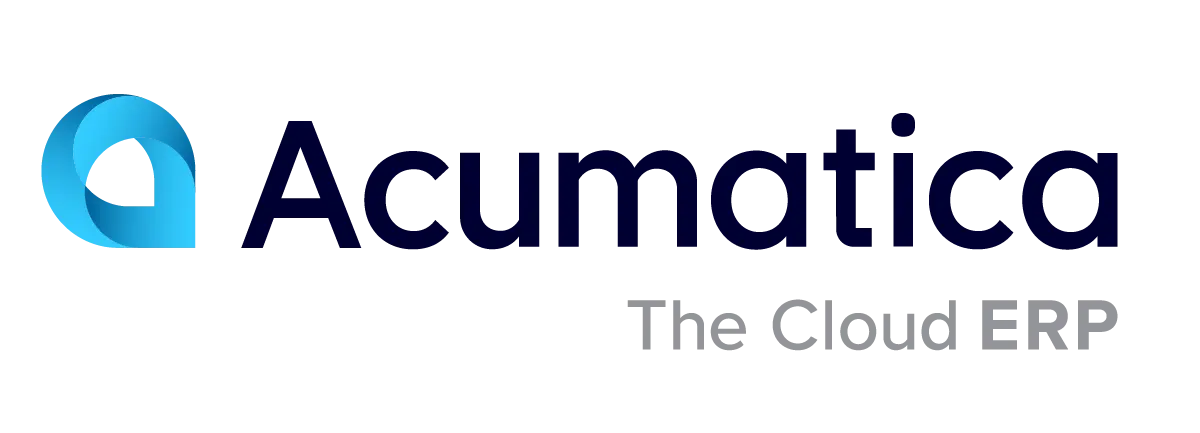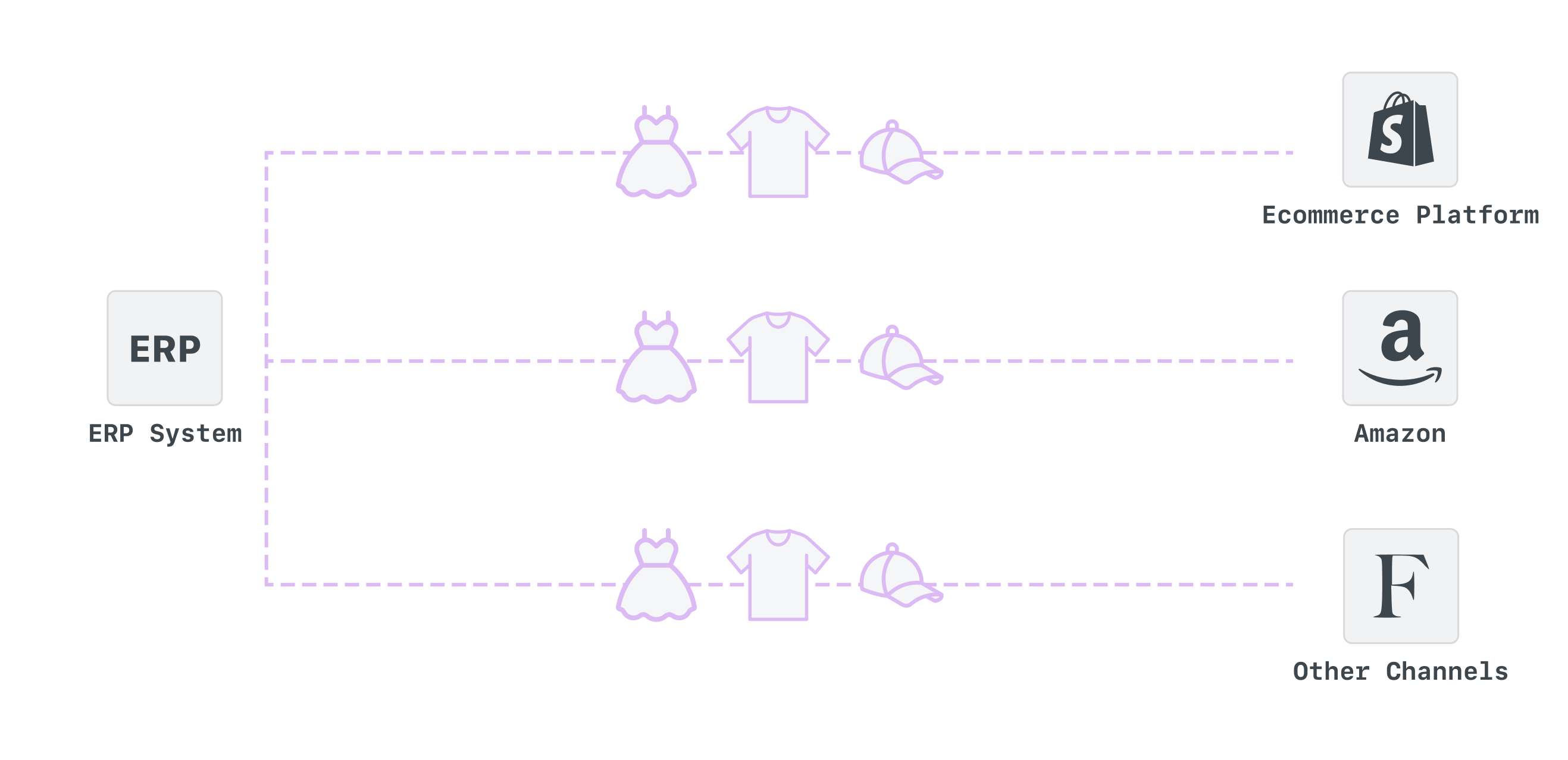
Managing Pre-orders
on Acumatica
Acumatica is a cloud-based ERP platform that integrates natively with Shopify. It synchronizes product data (titles, SKUs, inventory), orders, and customer information in near real-time. Acumatica also supports negative inventory for scenarios like pre-orders or overselling, and offers configurable workflows—including partial fulfillment and custom automations using Shopify tags, line-item properties, and metafields.

This guide will break down how Acumatica handles key pre-order functions like negative stock, Shopify’s “On Hold” status, and fulfilment workflows—so you’ll know what to expect, where it excels, and any workarounds you may need.
How ERPs and pre-orders work together in the modern ecommerce stack
As the central source of truth for your ecommerce operations, ERPs play a crucial role in pre-orders—primarily in two areas:
- Product & inventory management (tracking stock, syncing availability).
- Order processing (handling pre-order statuses and fulfilment flows).
Below is a typical flow. Click through to see how Shopify, the ERP and pre-order application interact.
The ERP synchronizes orders and inventory across various sales channels (e.g., Shopify, Amazon, retail POS).

Category
ERP pre-order support
Support
Via the Acumatica support portal or your integration partner
Looking at Acumatica’s support for Shopify pre-orders
Key Considerations for Managing Pre-orders on Acumatica
In the diagram above you may have noticed the word “should” being used a couple of times… That’s because not all ERPs fully support Shopify’s pre-order features out of the box. Some may lack support for negative inventory counts or fail to respect Shopify’s “On Hold” order status, requiring workarounds or additional configuration. Read on to see how Acumatica interacts with Shopify pre-orders and what you might need to adjust.
Syncing Shopify Products
Acumatica offers native integration with Shopify to synchronize product data, including titles, SKUs, and inventory levels. This real-time, bi-directional connection ensures your Shopify storefront and Acumatica back-office remain aligned. You must match Acumatica’s inventory ID to Shopify SKUs/titles, and enable “Track quantity” in Shopify for accurate stock updates.
Syncing Shopify Orders
Acumatica’s native integration with Shopify also synchronizes order data—statuses, customer details, line items—so that Shopify sales orders automatically appear in Acumatica for processing. You can configure the sync to be real-time or on a scheduled interval, ensuring up-to-date records for seamless order management.
Handling Negative Inventory
Yes, Acumatica allows for negative inventory levels to handle pre-orders or overselling. This is controlled by the “Allow Negative Quantity” setting, which you can configure at both the item class and individual item levels. Once enabled, Acumatica tracks negative stock entries and flags them for replenishment through standard purchasing or production workflows.
Respecting Shopify’s “On Hold” Status
Acumatica’s native integration does not directly recognize Shopify’s “on hold” fulfillment status. However, you can use Shopify Flow to tag orders (e.g., “ThisOrderIsOnHold”) and configure Acumatica to detect those tagged orders. Once the hold is released in Shopify, another workflow can remove the tag, updating Acumatica accordingly. This approach simulates an “on hold” state within Acumatica’s existing order management.
Pre-Order-Specific Features
Yes, Acumatica facilitates pre-order workflows through Sales Order Management and Purchase Order Management:
1. Sales Order Management:
• Blanket Sales Orders: Create contracts with predefined quantities, delivery dates, and locations—ideal for scheduling pre-orders.
• Inventory Allocation: Reserve or prioritize inventory for pre-orders, ensuring customers receive items promptly once stock arrives.
2. Purchase Order Management:
• Automated Replenishment: Generate POs based on stock levels, ensuring pre-order items are ordered on time.
• Drop Shipments: Ship directly from vendor to customer for faster fulfillment.
3. Integrated Workflow & Automation:
• Configurable Workflows: Automate approvals, status updates, and more, tailoring them to pre-order scenarios.
• CRM Integration: Convert opportunities into pre-order sales orders without re-entering data.
Custom Workflows with Order Tags, Line-item Properties or Metafields
Yes, Acumatica can leverage Shopify tags, line-item properties, and metafields to power custom workflows. By using the Shopify Flow app, you can automate actions—like tagging orders when certain criteria are met—and Acumatica can detect and respond to these tags or metafields. This enables advanced scenarios such as special handling for pre-orders, VIP customers, or unique shipping rules.
Supporting Full vs. Partial Order Fulfilment
Yes, Acumatica supports both full and partial fulfillment. You can split orders into multiple shipments or fulfill partial quantities from different warehouses based on availability. This flexibility ensures in-stock items can be shipped immediately, while back-ordered items are fulfilled once they arrive.
Summary
Acumatica support for
Shopify Pre-orders
| Pre-order touchpoint | Acumatica support |
|---|---|
| Products sync with Shopify |  Syncs titles, SKUs, and inventory between Acumatica and Shopify Syncs titles, SKUs, and inventory between Acumatica and Shopify |
| Orders sync with Shopify |  Imports Shopify orders (statuses, customers, line items) in real-time or on a schedule Imports Shopify orders (statuses, customers, line items) in real-time or on a schedule |
| Negative inventory support |  Allows negative stock, useful for pre-orders or overselling Allows negative stock, useful for pre-orders or overselling |
| Shopify “On Hold” status recognition |  Not recognized natively; use Shopify Flow tags for a workaround Not recognized natively; use Shopify Flow tags for a workaround |
| Specific pre-order support |  Blanket orders, inventory allocation, automated POs, and CRM integration Blanket orders, inventory allocation, automated POs, and CRM integration |
| Custom workflows |  Shopify tags, line-item properties, and metafields can trigger automated flows Shopify tags, line-item properties, and metafields can trigger automated flows |
| Partial fulfilment support |  Supports partial shipments from multiple warehouses Supports partial shipments from multiple warehouses |
Strengths & Limitations

• Native Shopify integration for bi-directional data sync
• Negative inventory and robust pre-order workflows
• Easily configurable workflows and CRM integration

• No direct “on hold” status sync without Shopify Flow
• Requires matching SKUs and item IDs for accurate product sync
• Some advanced tagging/metafield workflows need external automation (Shopify Flow)
